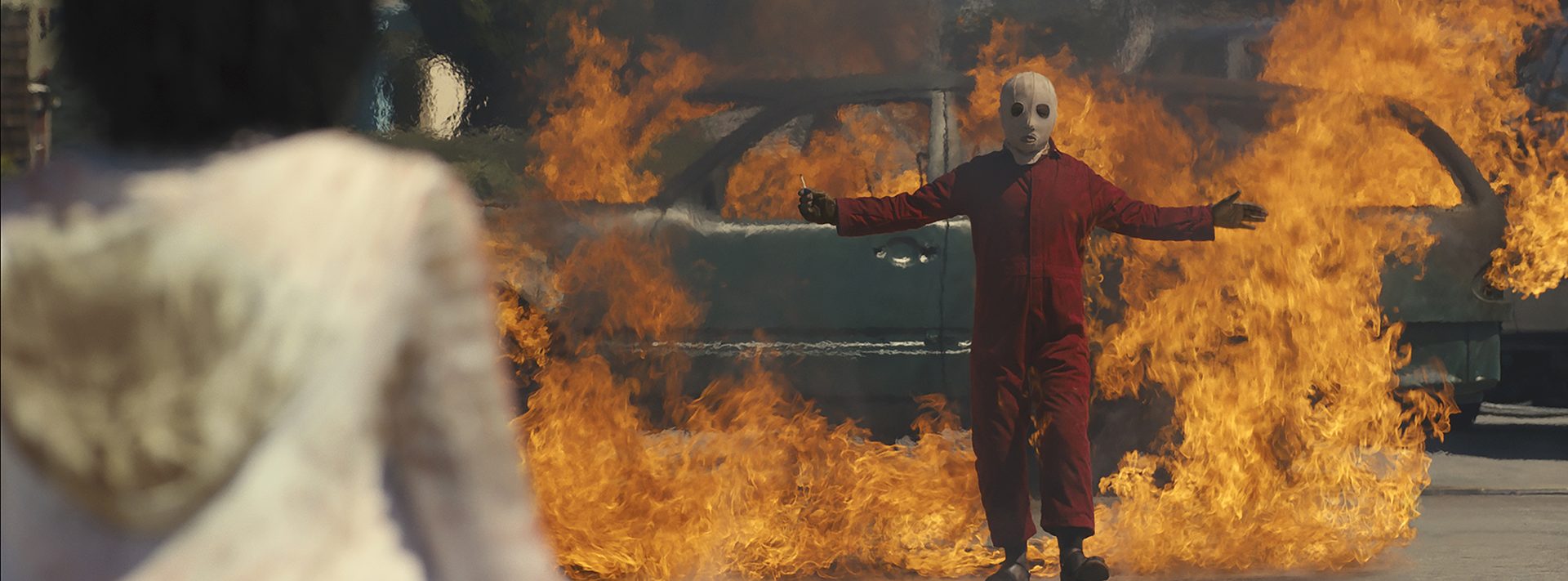Writer-director Jordan Peele’s psychological thriller Us made masterful use of plentiful yet invisible effects work. With Oscar-nominated visual effects supervisor Grady Cofer leading the ILM team, artists helped create the film’s menacing doppelgängers. All of the film’s visual effects live in the world of subtlety. Since each of the film’s main characters would ostensibly be playing two roles, we couldn’t rely on the tried and true split-screen technique to allow them to occupy the frame at the same time. Instead, the scenes had to be painstakingly rehearsed and shot in multiple passes so the crew could do extensive head and face swaps throughout the film. Bits and pieces of performances from successive takes along with those of body and stunt doubles would be grafted together to build up the performance that Peele ultimately sought. To capture all the footage that ILM’s artists would need to create the effect, the actors had to perform scenes twice, once for each of their roles. Lupita, for instance, would first play Red with her body or photo double playing Adelaide, and then she would go to wardrobe and hair and makeup and change into her alter ego meanwhile the set would be completely reset as though the scene never happened. Then it was filmed again with reactive performances being captured as carefully as possible particularly where the characters are interacting with each other.
Like all scenes featuring the doppelgängers, the climax of the film had to be extensively choreographed and rehearsed over weeks so when the team shot the fight sequence, which was filmed over two days, it was incredibly complex but in the end, the results speak for themselves. With the premise of the film so intricately tied to the visual effects, they had to be seamless or the film simply wouldn’t work.
